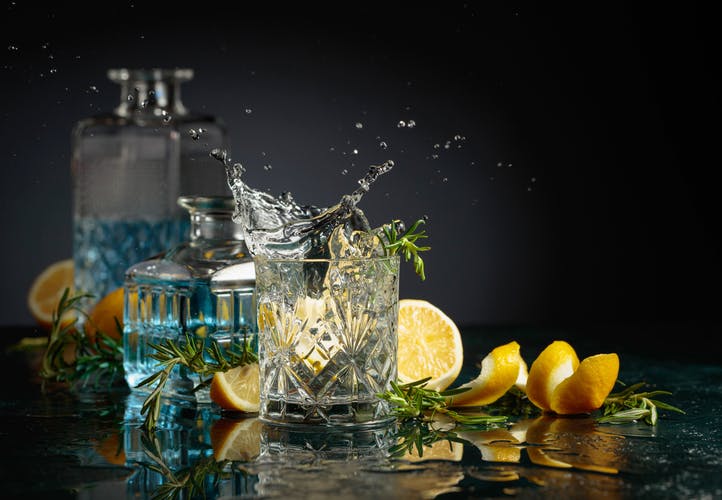
Gin is undoubtedly one of the most beloved distilled spirits worldwide.
It has truly transcended its historical European roots to establish itself globally, as evidenced by the ever-growing number of distilleries of all sizes producing it.
A history spanning over 500 years
Gin, the result of five centuries of discoveries and refinements, has become the juniper-flavored spirit we know today.
The first mention of a juniper-based elixir appears in "Der Naturen Bloeme" by Jacob van Maerlant, published in 1269 in the Netherlands, where the medicinal benefits of a drink infused with juniper berries are highlighted.
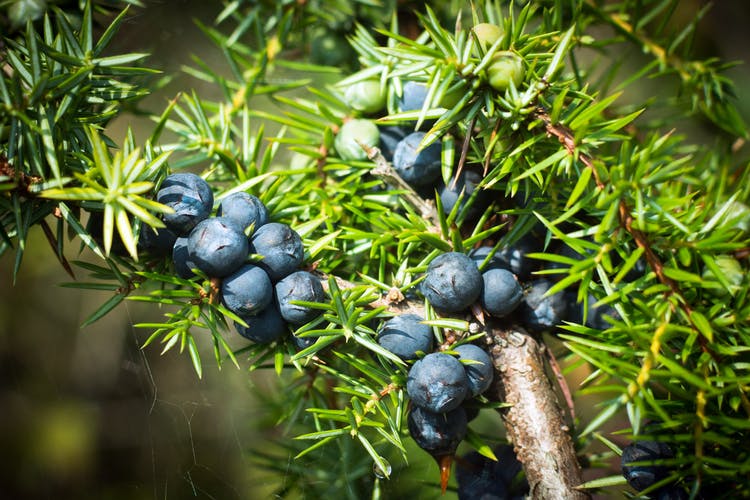
In 1495, the first recipe for a juniper-flavored eau-de-vie was recorded in a Dutch cookbook titled "Making Burned Wine," where “burned wine” referred to a distilled spirit.
This original recipe, a precursor to modern gin, quickly gained popularity in the Netherlands. It used a base of wine infused with cardamom, cinnamon, cloves, galangal, ginger, grains of paradise, juniper berries, and nutmeg, heated before being diluted with water or local beer.
Throughout the 1500s, references to juniper-flavored aqua vitae, a grape-based spirit flavored with juniper, increased. Juniper was favored over other plants due to its abundance and reputed medicinal properties.
By the late 16th century, distilled spirits were mainly made from grain rather than grapes. In 1575, the Bulsius family founded their juniper distillery (Jenever in Dutch) in Amsterdam, creating Bols, the world’s oldest registered spirits brand.
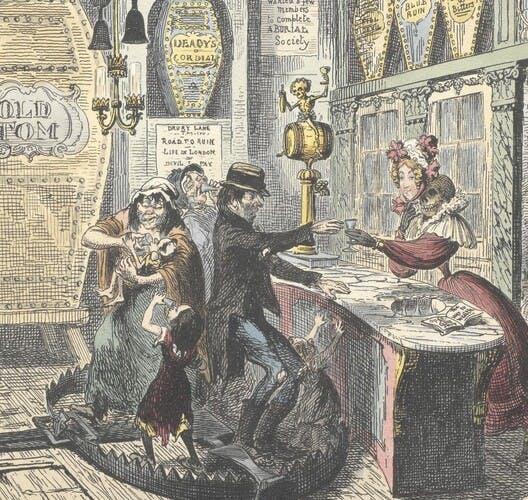
In 1623, juniper was mentioned in English texts, notably in the London play "The Duke of Milan" by Philip Massinger.
During this period, many British mercenaries fought in the Thirty Years’ War (1618–1648), a conflict mainly between the Protestant states of the Holy Roman Empire, supported by powers like Sweden and the Dutch Republic, and the Catholic states led by the Habsburgs of Austria and Spain.
Many British mercenaries, having discovered this juniper-flavored spirit, used it as a fortifying drink before battle, giving rise to the term “Dutch courage,” referring to the bravery gained after consuming this alcohol.
The Industrial Revolution of the late 18th and early 19th centuries improved eau-de-vie production techniques, notably in distillation.
With the development of the column still perfected by Aeneas Coffey in 1830, high-quality spirits could be produced faster and more economically.
Many famous gin brands today such as Gordon’s, Plymouth, Tanqueray, and Beefeater built their reputations on consistent quality during this period.
Today, gin has conquered the world. The number of producers continues to grow, along with the diversity of styles, flavors, and bottles, attracting an ever-growing number of enthusiasts worldwide.
From Popularity to Chic: Gin in the World of Cocktails
At the height of its glory in the 1950s, gin was the main ingredient in many cocktails, including the famous Dry Martini. However, the rise of vodka around the same time disrupted this trend.
Gradually pushed into the background, gin eventually fell out of favor.
In the 1970s, it suffered from an outdated image among younger consumers who were drawn to vodka.
It wasn’t until the late 1980s and the introduction of a new gin brand, Bombay Sapphire, that the category regained its shine and once again sparked the interest of bartenders and mixologists.

Many distillers compete creatively to renew recipes, crafting original profiles that highlight the aromatic diversity of ingredients (spices, botanicals, and herbs), as well as the skill and technical mastery of the distillers.
Comment produire le gin ?
The different stages of gin production
The components
Gin is built on three essential elements: a neutral alcohol base, mandatory; juniper berries, indispensable for giving gin its distinctive aromatic character; and other botanicals, left to the producer’s choice, such as citrus, spices, herbs, or flowers, which enrich its flavor profile.
Maceration
Before distillation, the botanicals are infused in the neutral alcohol. Several factors influence this step: the maceration time, which can range from a few hours to several days; the temperature at which the botanicals are extracted; the alcohol strength of the spirit during maceration, affecting aroma diffusion; and the method used—some distilleries macerate all botanicals together while others treat them separately before blending.
Gin categories
There are three main categories of gin, defined by their production method.
- Maceration gin results from a simple infusion of botanicals in neutral alcohol, with possible sweetening before bottling.
- Distilled gin follows a process where botanicals are first macerated then distilled, with the possibility of adding sweeteners or other ingredients before bottling.
- London Dry Gin must be distilled at a minimum of 70% alcohol, with no additions after distillation except water to adjust the final strength.
Distillation
Distillation extracts and concentrates the gin’s aromas. Different types of stills are used depending on the distillery.
- Pot stills are often favored for artisanal production.
- Hybrid stills, combining pot stills and columns, offer more flexibility.
- Some producers use vacuum stills allowing distillation at low temperatures to preserve delicate aromas.
- Others, like the French brand Citadelle, use traditional Charentais stills originally designed for cognac.
Still size
Stills come in various sizes, ranging from small 3 to 5-liter models for experimentation to industrial units of several thousand liters. There is no regulation limiting still size for gin production.
At the heart of gin production
At the very core of gin production lies a bluish-green berry, the fruit of a shrub called genus juniperus: the juniper berry, whose aroma must be predominant in gin. Next come other botanicals, with coriander seeds used by a strong majority of producers.
However, there are no rules governing the choice or dosage of herbs, botanicals, and other spices that compose this spirit.
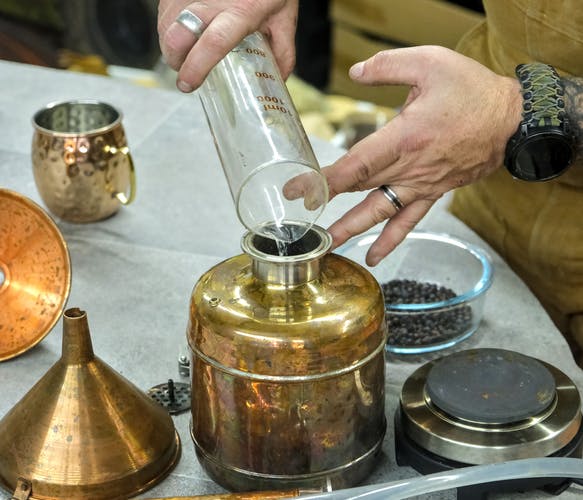
While the final character of gin is certainly linked to its components, its quality and complexity do not depend solely on the number of spices and botanicals used in the recipe (typically between 6 and 10).
Beyond the proportions, the distiller’s expertise lies in a precise understanding of the extraction conditions for the essential oils of each selected plant, botanical, and spice.
Each producer has their own technique! Some even use three different aromatization methods.
Among these techniques are :
- Vapour infusion aromatization: This involves suspending a cotton bag containing all the botanicals, juniper berries, and spices inside the still, above the alcohol, or placing them in a “perforated chamber” installed at the neck of the still. The alcohol vapors then infuse and absorb the essences released by the botanicals.
- Maceration aromatization: This method consists of macerating juniper berries, botanicals, and spices directly in diluted neutral alcohol, either freely soaking in the spirit or placed in cotton bags for 24 to 48 hours. Some distilleries filter the mixture before distillation to separate the botanicals from the alcohol.
- Cold compounding aromatization: This simply involves adding aromatic essences without any distillation process.
Two Gin Brands to Discover
In France: Citadelle Gin
A pioneer of French gin, Citadelle Gin was created in June 1996 at Château de Bonbonnet in Ars, owned by Maison Ferrand, under the guidance of Alexandre Gabriel.
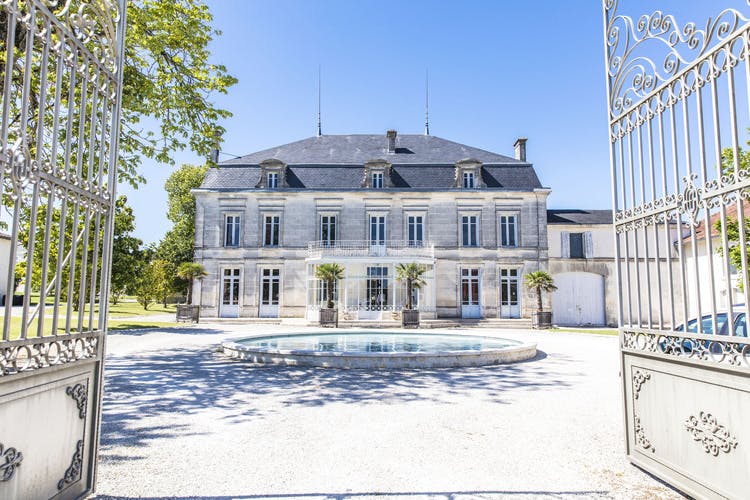
When Alexandre Gabriel set out to create this gin, he researched traditional gin styles and discovered an 18th-century recipe developed by a distillery in Dunkirk in 1771, located in the Citadel of the port city, later authorized by Louis XVI to produce for the royal court.
Today, Citadelle Gin is crafted in historic French Charentais stills at the new Citadelle distillery, inaugurated in 2021.
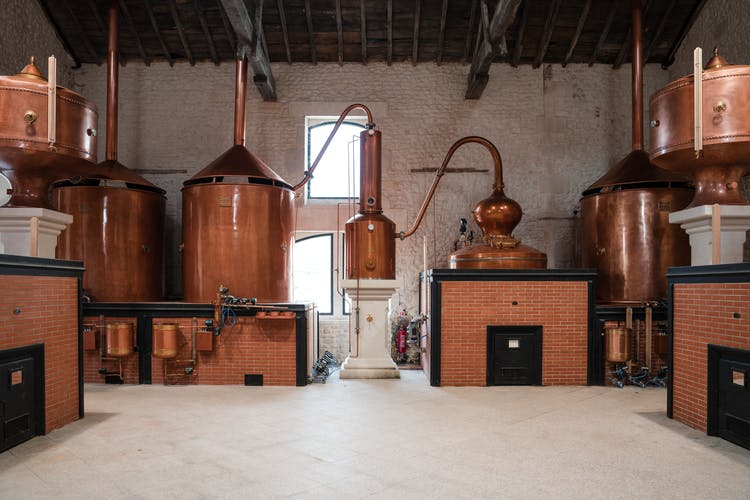
This gin is crafted from juniper berries, partly grown on the estate, along with 18 other botanicals in its original edition, including coriander, cardamom, angelica, cumin, nutmeg, almonds, grains of paradise, licorice, cubeb, savory, cinnamon, star anise, blackcurrant, orris root, violet, fennel, orange zest, and lemon. Numerous versions and limited editions are regularly released.
In England: Bombay Sapphire Gin
In the 1980s, gin was experiencing a period of stagnation. It was abandoned by the public, who preferred vodka, flavored wines, or beer.
In this context, the development of Bombay Sapphire in 1987 by International Distillers and Vintners was a bold gamble.
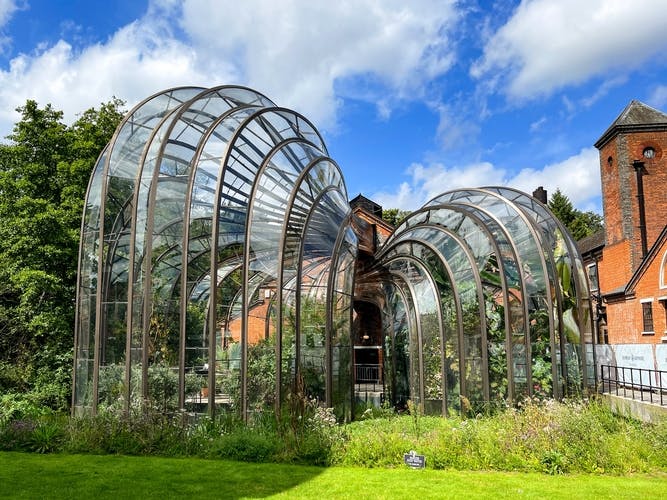
In 1997, the Bacardi-Martini group acquired the brand. Bombay Sapphire then became the forefront of the new gin revolution, changing perceptions of the category with its distinctive blue bottle and light, approachable flavor, establishing itself as a benchmark in the gin world.
What truly makes Bombay Sapphire unique and gives it the light botanical flavors it is famous for is the pioneering steam infusion method used during distillation.
FOR FURTHER DISCOVERY OF GIN
La Maison du Whisky has three boutiques in Paris:
In each of these boutiques, you’ll discover a wide range of whiskies, rums, gins, and other spirits.
Our advisors will be delighted to introduce you to essential gin brands.